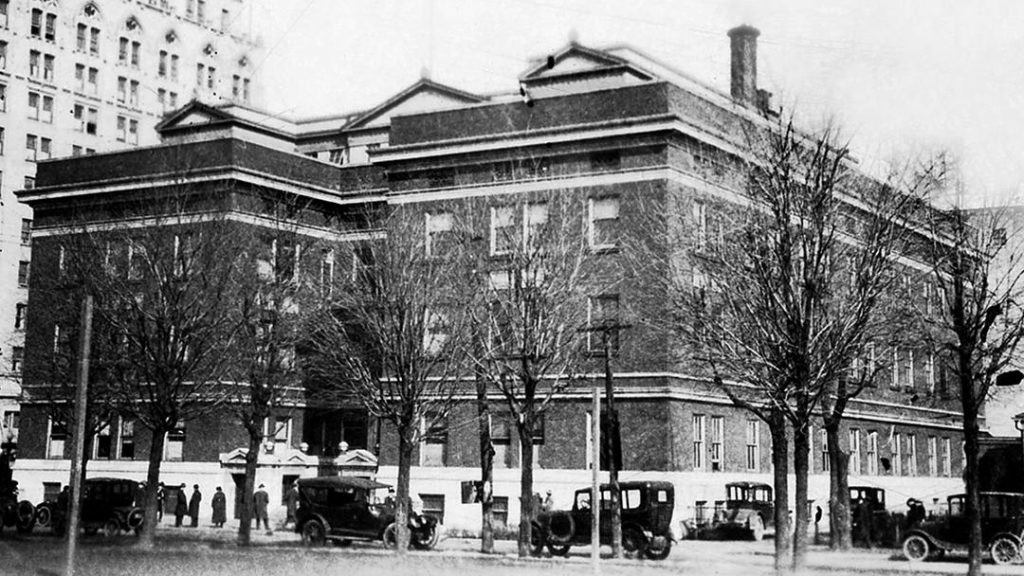-
COVID-19
‘Wear a Mask and Be Safe’ — Mayo Clinic and the 1918 Influenza Pandemic
Headlines tell the story.
"New Disease Is In Rochester Now." This brief notice appeared in the Rochester Daily Post and Record on Sept. 21, 1918. Taking up barely two inches of newsprint, the statement described a single patient undergoing treatment for an obscure disorder — but such an event hardly stood out amid the newspaper's extensive coverage of the First World War, which was raging overseas, and the public's preoccupation with the harvest at home.

______________________________________________
Yet for most people at Mayo Clinic, this modest announcement was perhaps their earliest exposure to what became a cascade of coverage for one of the greatest disease outbreaks in human history: the 1918–1919 influenza pandemic.
Scattered early cases quickly multiplied and spread in successive waves of infection since travel by motorcar, railroad and ocean liner connected people in far-flung locations, and large-scale public events such as Liberty Bond rallies brought crowds together in close proximity. Standards of personal hygiene varied widely among individuals and communities. There was little general knowledge of germ control and risky behaviors.
Its nickname, the "Spanish Flu," is a misnomer. Even today, the pandemic's exact point of origin is not known. Some of the first news reports came from Spain, which was neutral during World War I and not subject to the wartime censorship that suppressed initial coverage in other countries. Wherever it began, the disease spread worldwide.
According to the U.S. Centers for Disease Control and Prevention, it struck an estimated 500 million people — about one-third of the earth's population at the time — and caused 50 million deaths, far surpassing the approximately 8.5 million combatants who died in four years of fighting during World War I. The United States experienced about 675,000 fatalities related to the pandemic. In addition to children and the elderly, the population segments typically at risk, this particular strain of influenza was particularly hazardous for otherwise healthy adults between 20 and 40 years of age.
The disease subsided in 1919, possibly due to mutation into less-lethal forms or for other reasons. More than a century later, key aspects of the influenza pandemic remain a mystery.
Read the rest of the story on Sharing Mayo Clinic.
________________________________________________
This article originally appeared on the Sharing Mayo Clinic blog.







